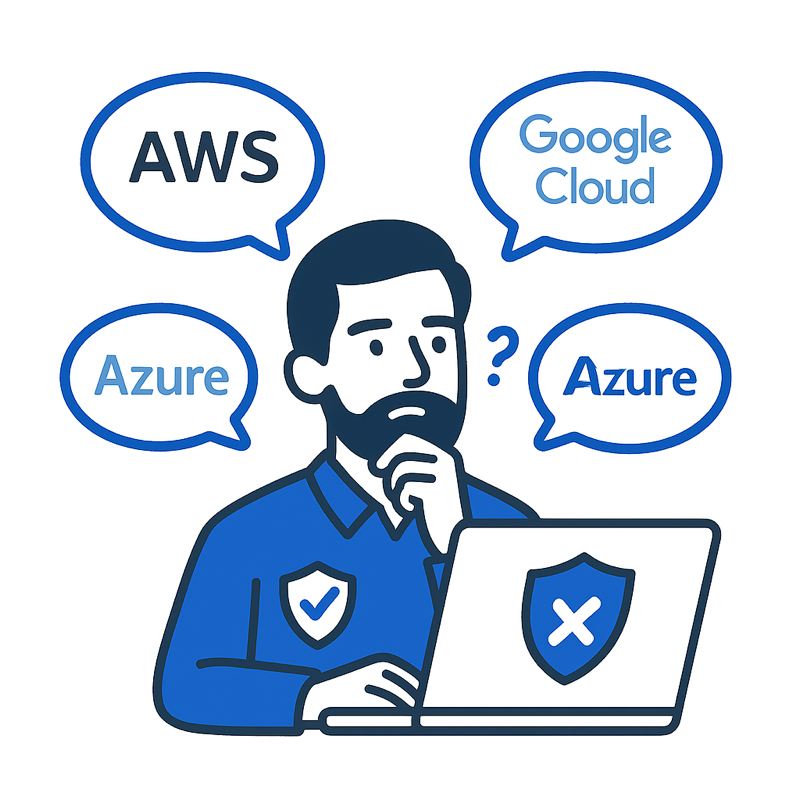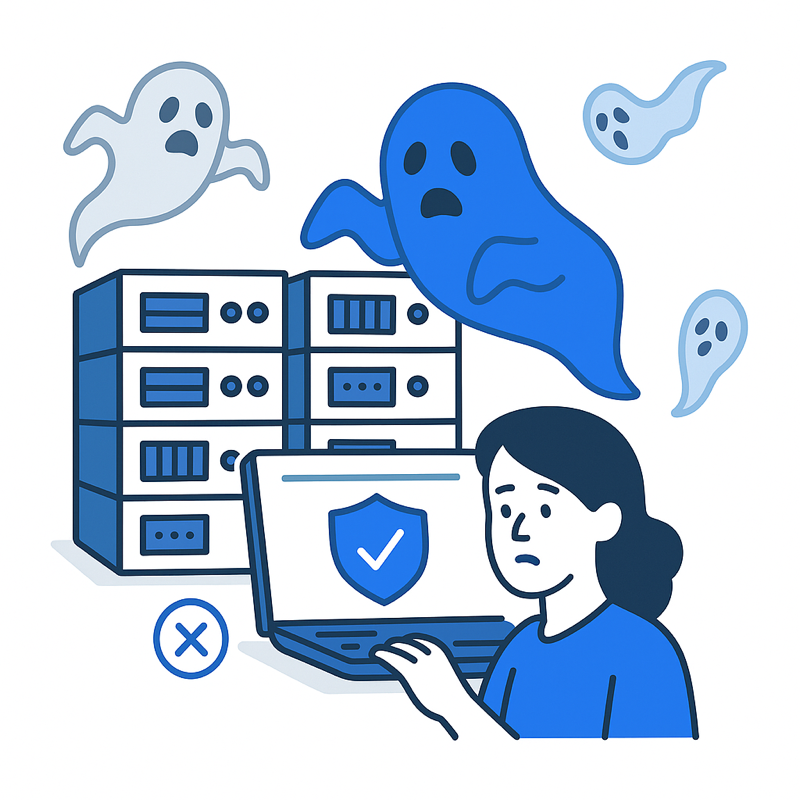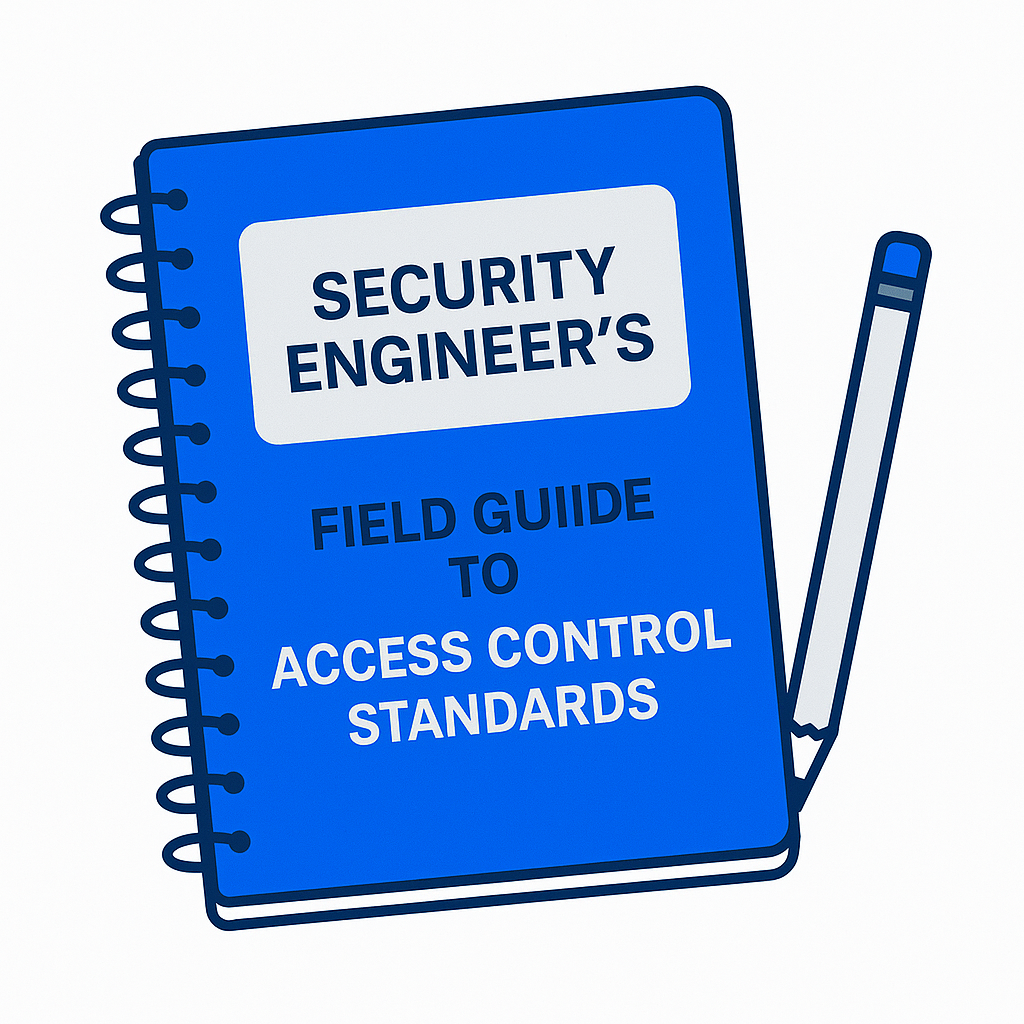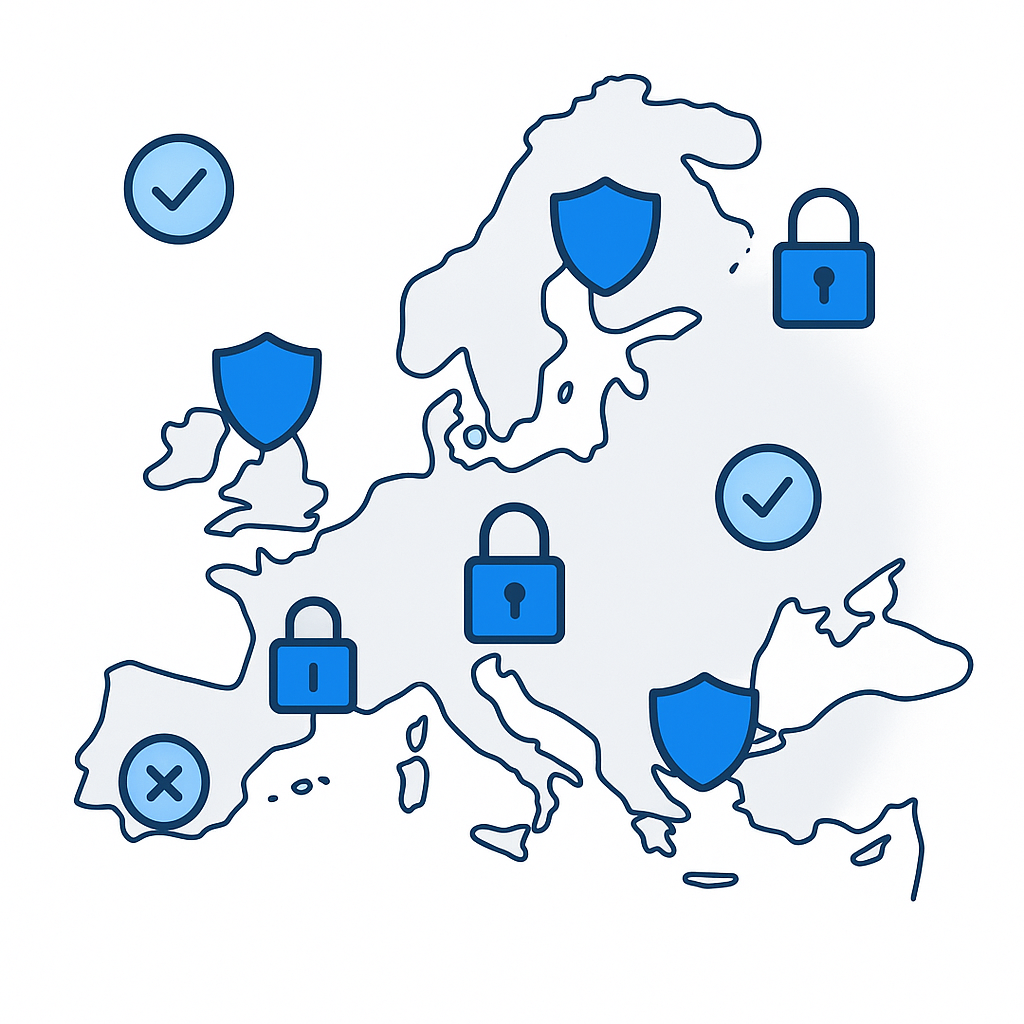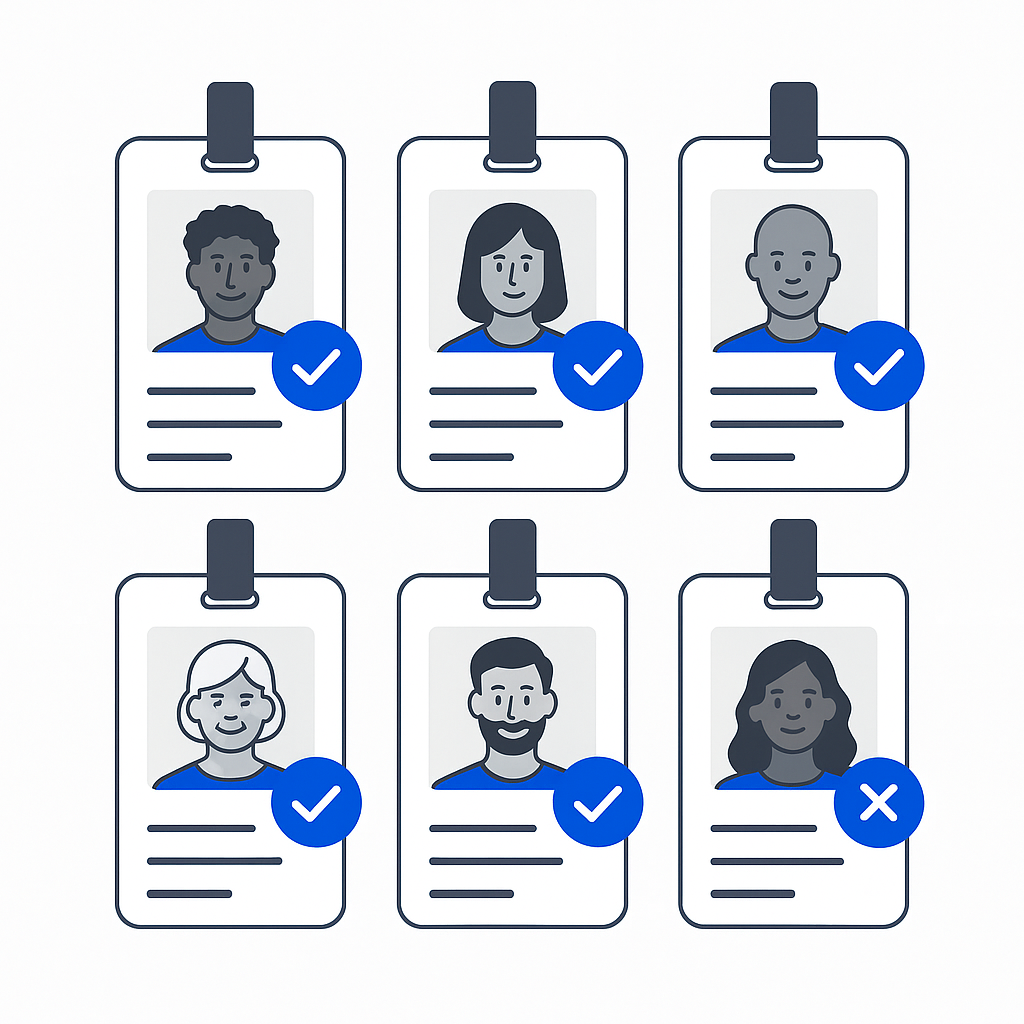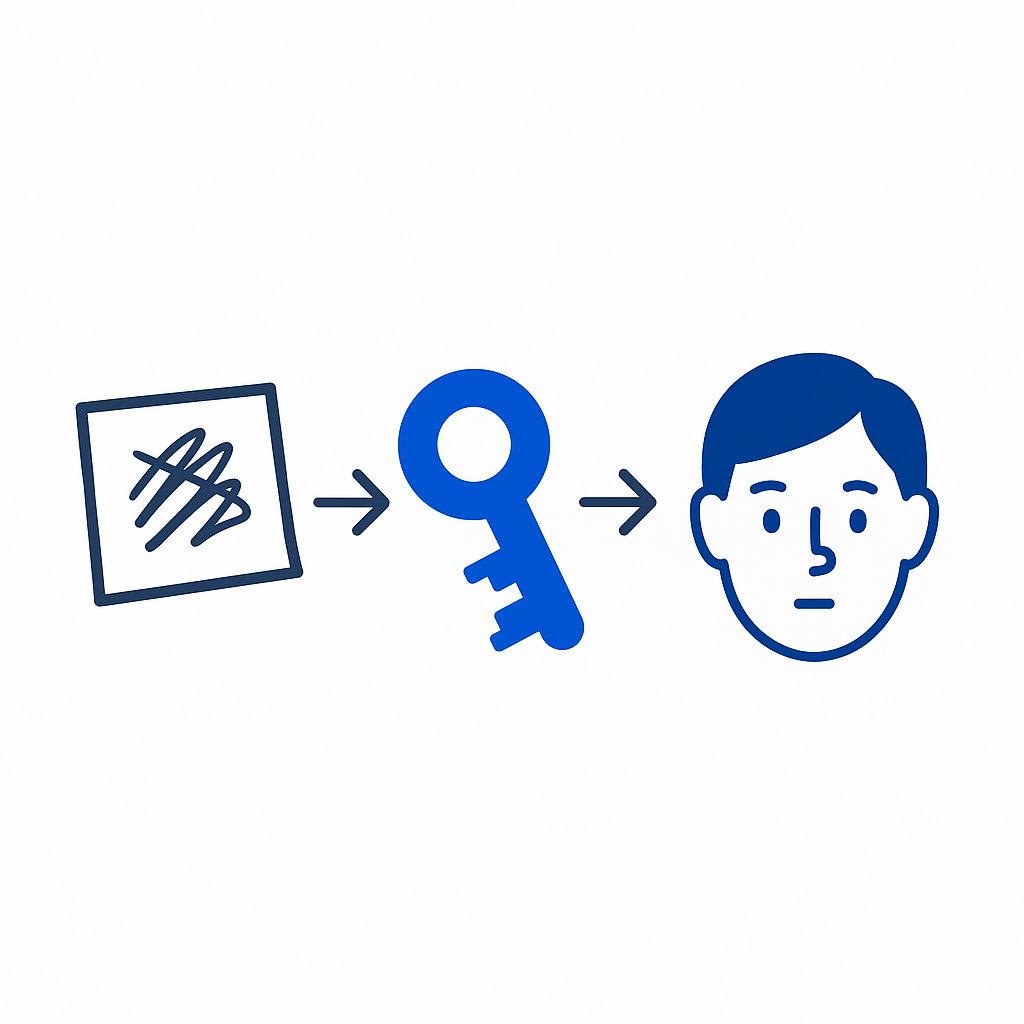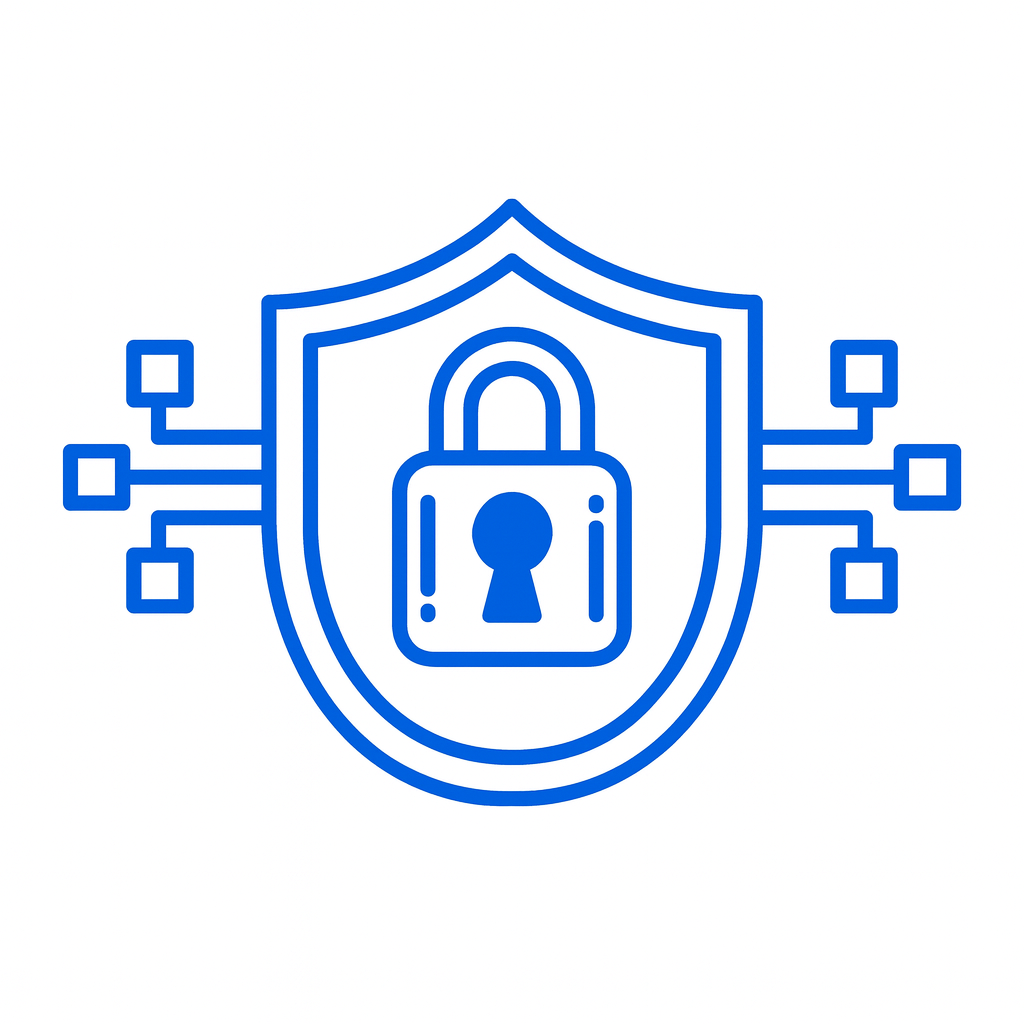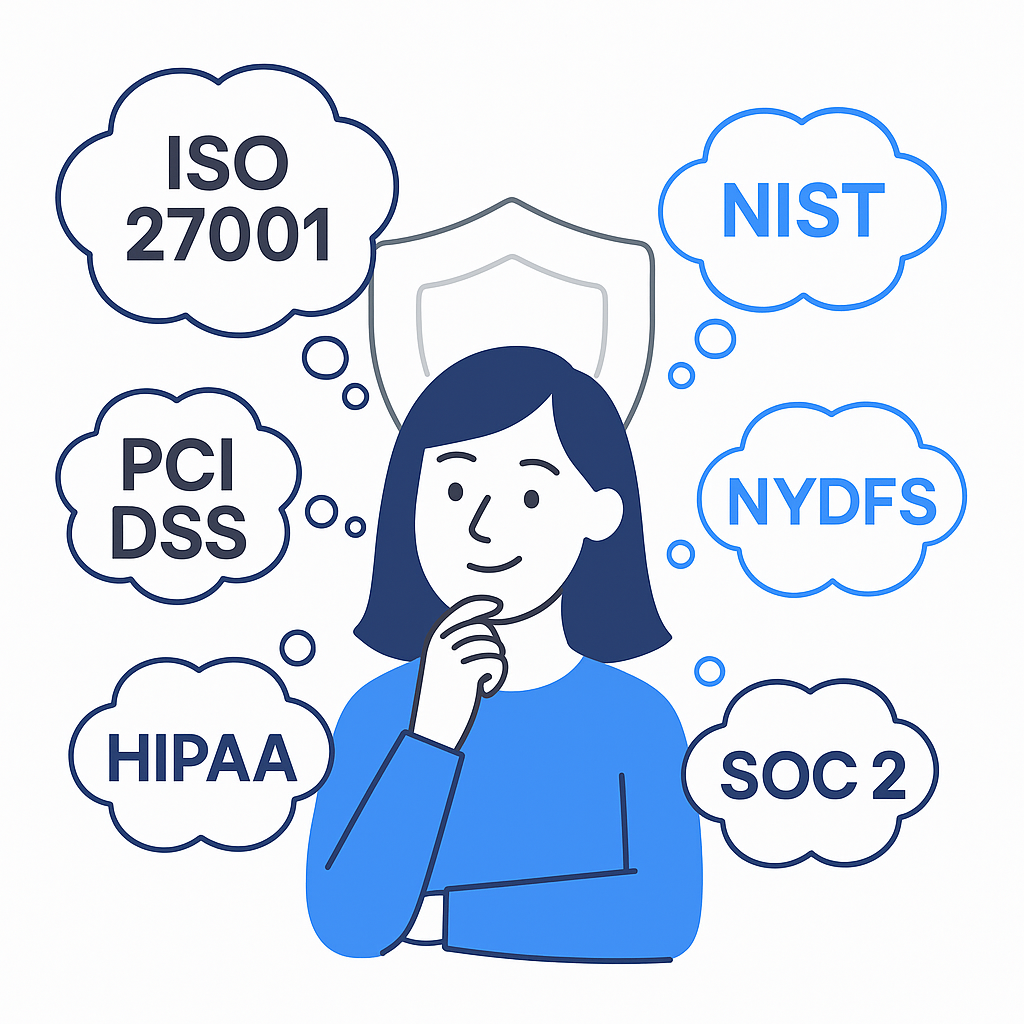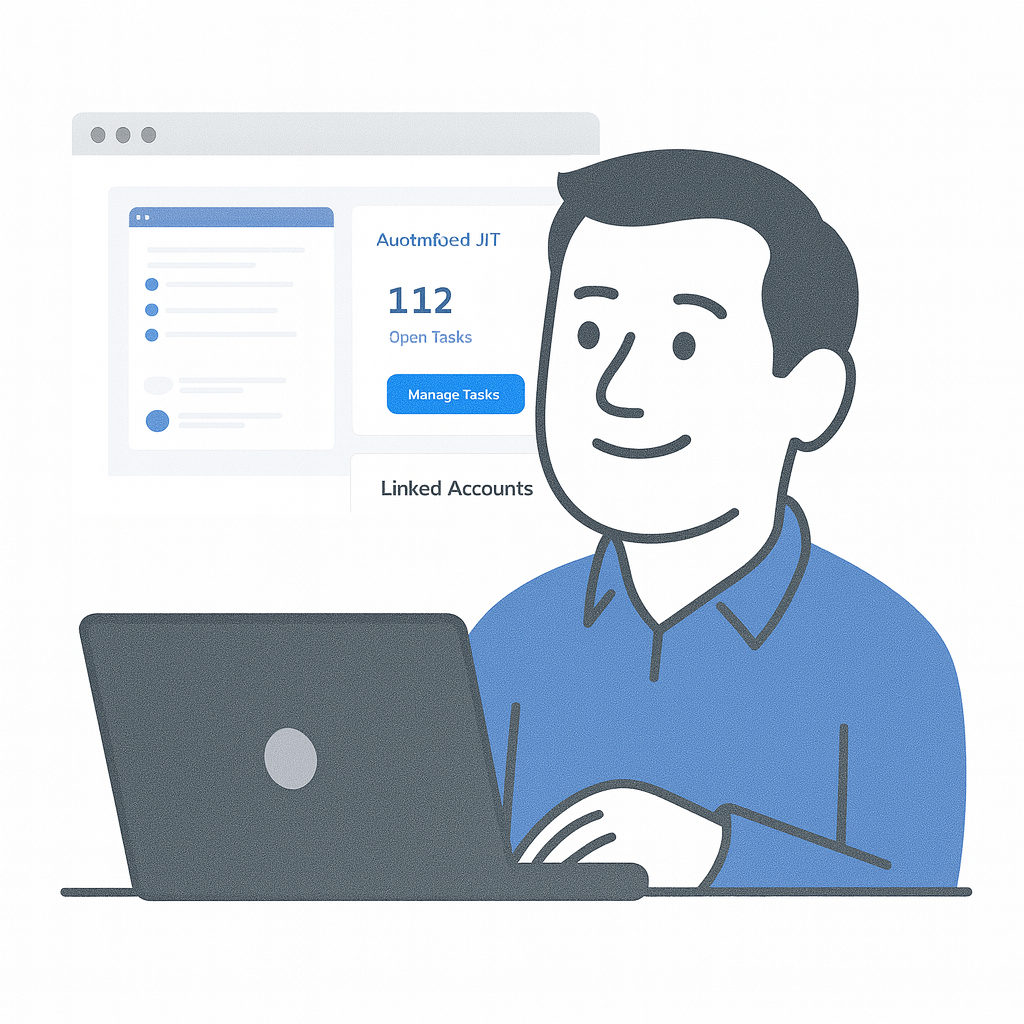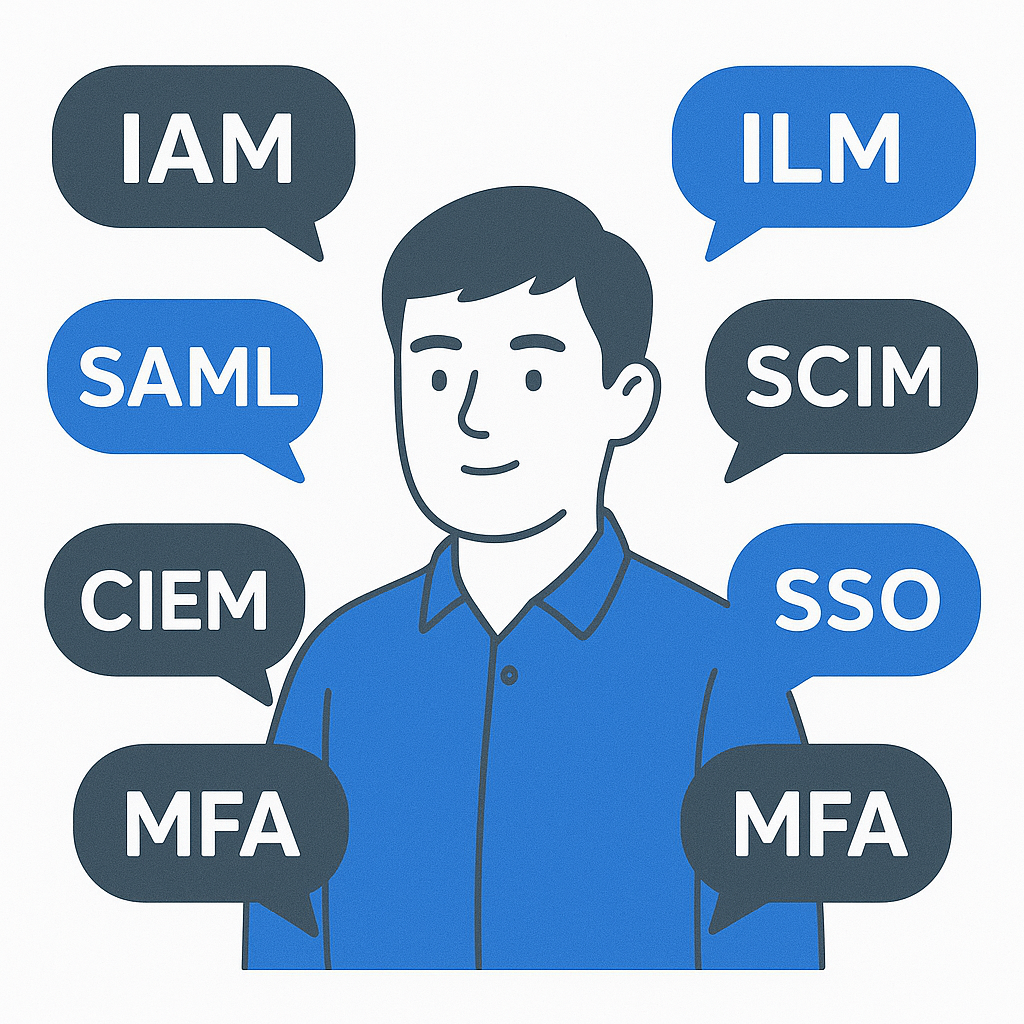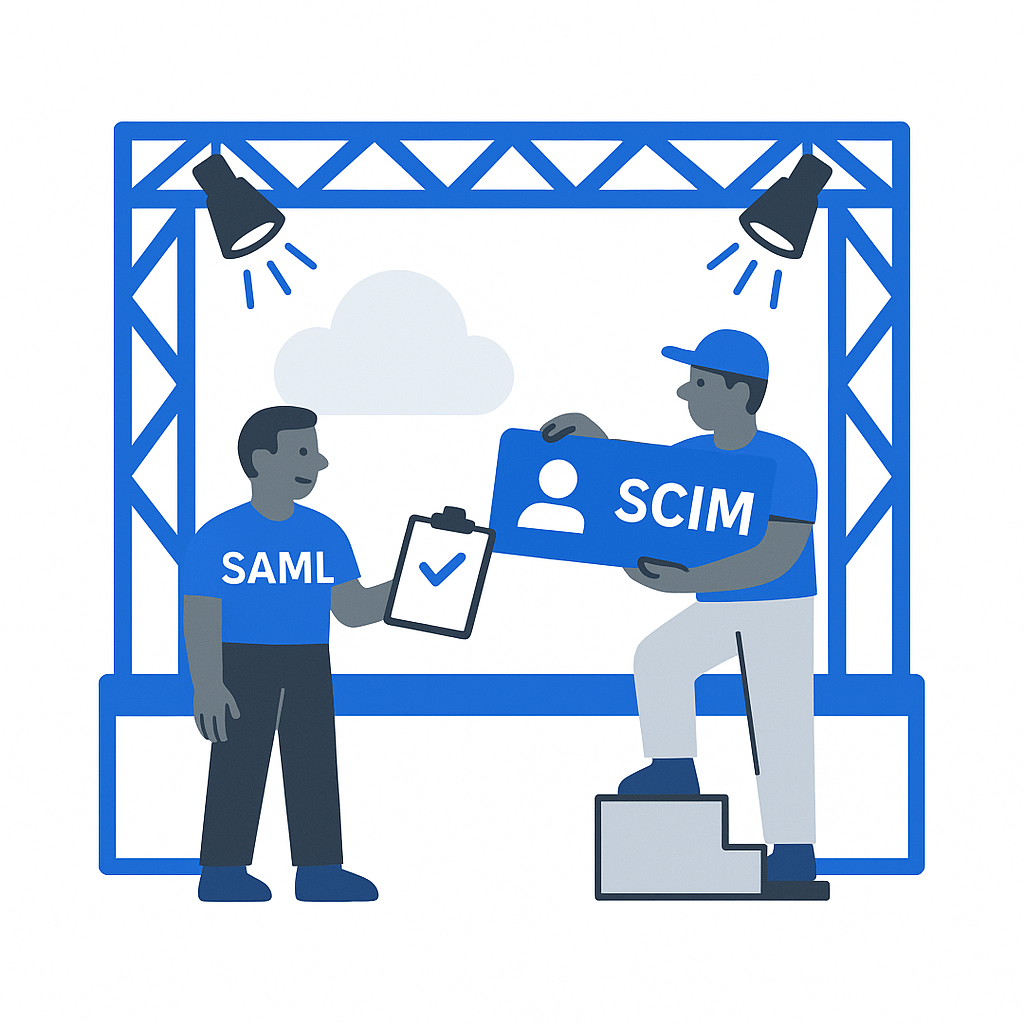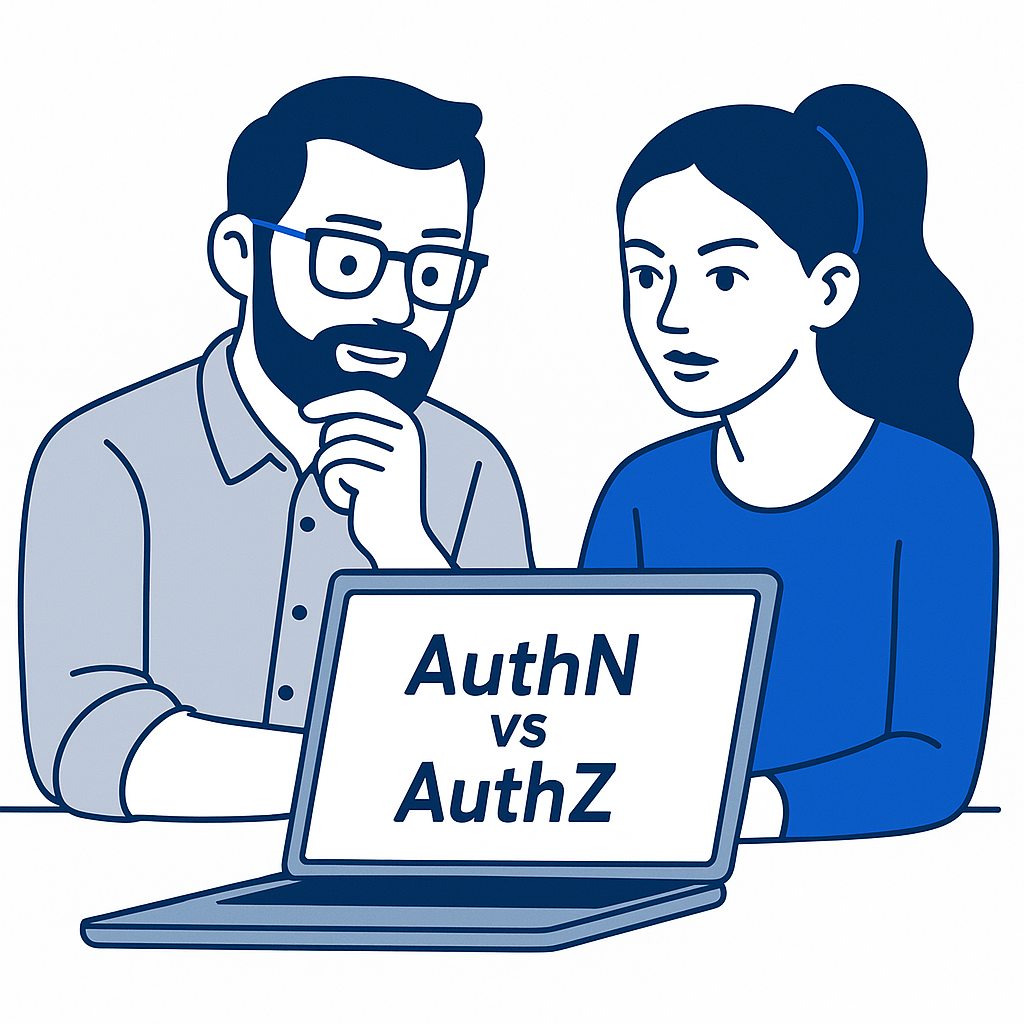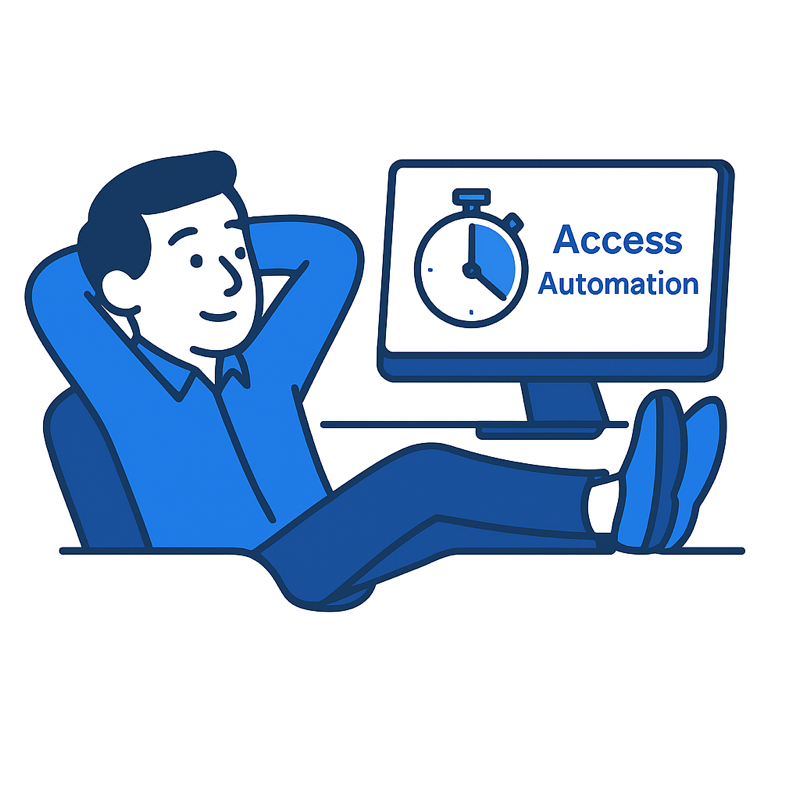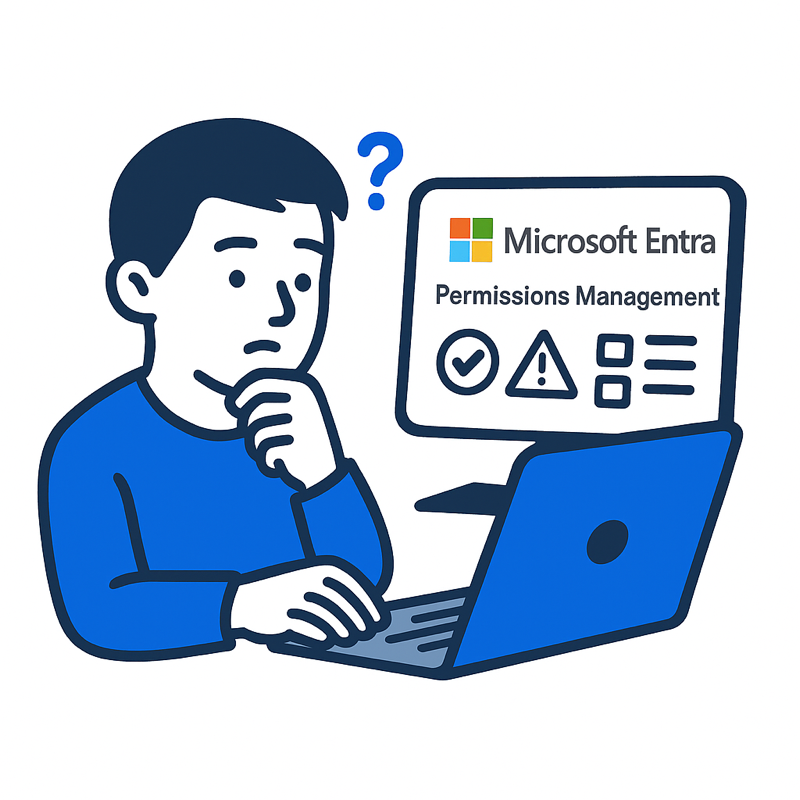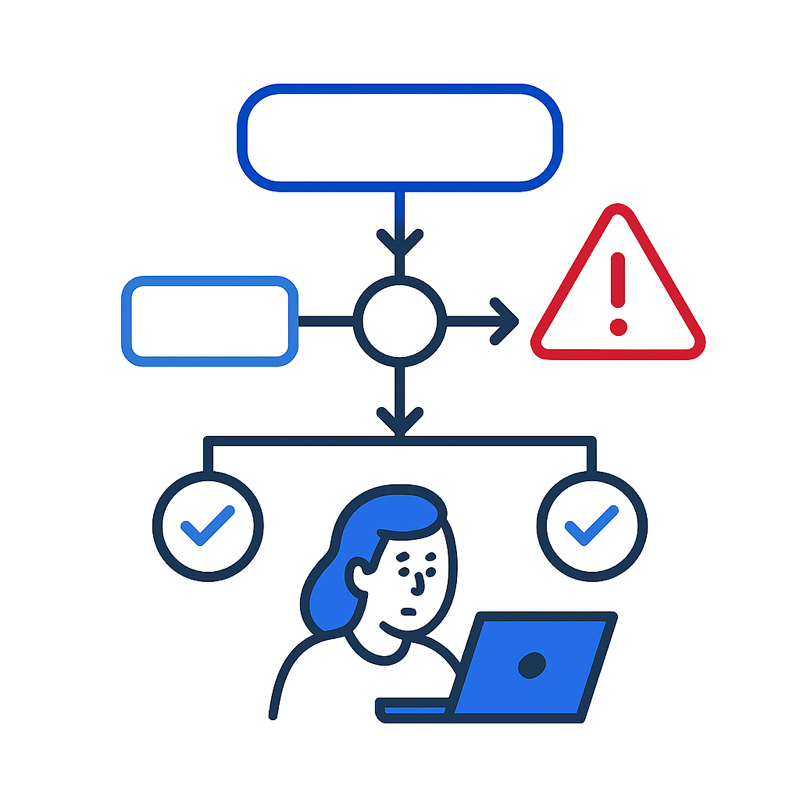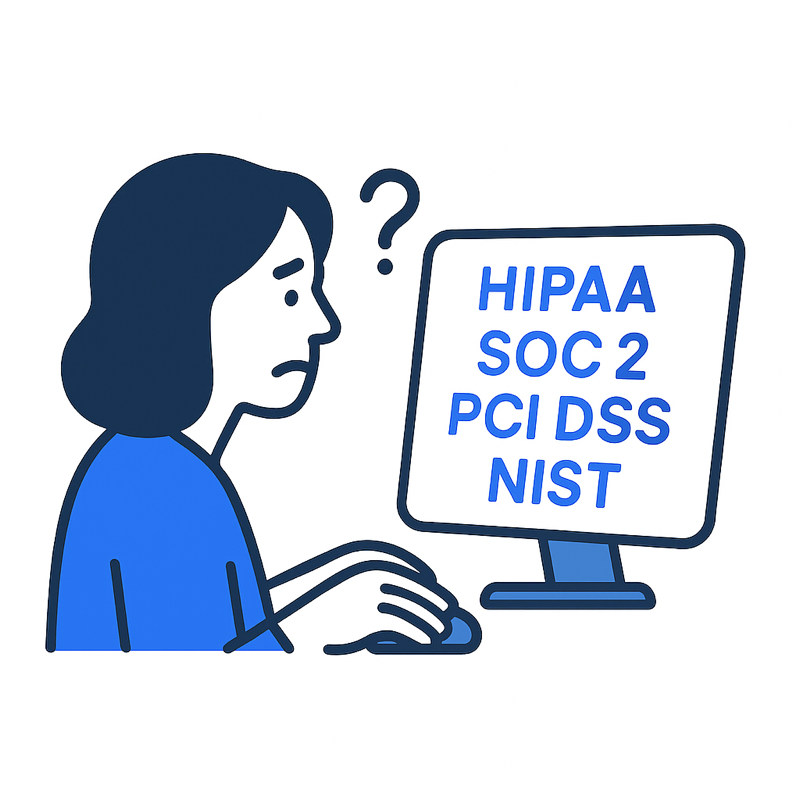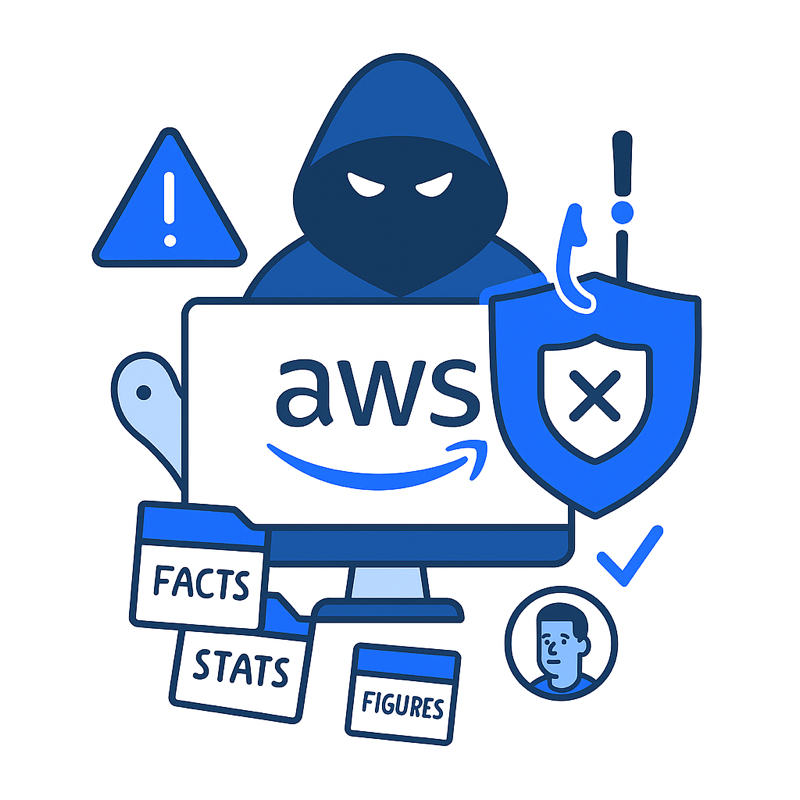Exorcising Shadow Access
Because spooky season is awesome and writing Halloween posts is a contractual obligation…
Shadow access doesn’t announce itself.
It seeps in quietly, through one-off DMs, reused credentials, old admin tokens, backdoor scripts, and friendly favors long since forgotten. It doesn’t crash through the firewall or leave traces in your SIEM. But it’s there. Waiting. Undetected. Unmonitored. Unrevoked.
And the scariest part? You probably gave it permission.
What Is Shadow Access?
Any identity or entitlement that grants access to systems, apps, or cloud resources without being tracked, governed, or formally authorized by your identity provider or access management system counts as shadow access.
It’s a term that sends shivers down the spine of many a security practitioner, especially those of us in SMEs where formal guardrails are often looser, and responsibilities are spread thin across overlapping roles. Shadow access is the spectral sibling of shadow IT, only instead of rogue tools, it’s ghost permissions. You won’t find it in your audit logs. You won’t see it in your legacy IAM dashboard. But when something goes wrong, it’s usually the first thing investigators uncover.
How Does Shadow Access Happen?
It starts with something innocent. A favor. A shortcut. A “just this once.”
- DMs:
“Hey, can you give me access to that S3 bucket real quick?”
“Sure, here’s the link. You’re in.”
No ticket. No tracking. No expiry. But the door just creaked open.
- Reused Secrets:
That same API key that’s been floating around since 2022?
The one pasted into a team Notion doc or hard-coded into a CI/CD pipeline?
Still active. Still powerful. Still invisible.
- Bypassing Access Workflows:
Admins with itchy fingers and god-mode roles helping unblock colleagues.
“I’ll just add you to this group for now. Remind me to remove you later.”
Yeah. They never do.
- Legacy Systems:
Old Salesforce roles, retired service accounts in Azure, forgotten Lambda triggers with EC2 permissions that no one understands but no one dares remove.
- Lack of Expiry Mechanisms:
Temporary access that was never actually temporary.
Like a vampire who’s been “invited in” (but not the sparkly kind) these permissions don’t leave unless forcibly evicted.
This is how shadow access is born. Not with malice, but for convenience. And that’s exactly what makes it so dangerous, as it begins to compound cybersecurity liability.
Why Is It So Dangerous?
Because it hides. Because it lingers. Because it sprawls.
Security teams can’t revoke what they don’t know exists. Orphaned credentials and unapproved entitlements expand the blast radius of any breach. They violate the principle of least privilege. They create gaps in your compliance posture. They raise your mean time to detect. And they are, let’s not sugar-coat this, a gift to attackers.
You’ve bolted the front door (MFA).
You’ve set alarms on the windows (EDR).
But shadow access? That’s the open attic window to a loft full of family secrets that no one remembers.
An attacker who slips in through that window doesn’t just gain entry. They gain time. And time, in cybersecurity, is everything.
The Source of the Problem: Informality
Here’s the thing: modern teams communicate in real-time chat. Decisions are made in Slack and Teams, and access is often granted there without providing auditable or actionable insights.
Security tooling hasn’t kept up.
A Slack message like “Hey, can you add me to the cloud-admin group for a sec?” bypasses every access control you’ve carefully set up in Okta, AWS IAM, Microsoft Azure, or GCP.
You don’t need a horror movie soundtrack to make this terrifying. Just ask yourself:
- Was the access ever logged?
- Was there an approval?
- Did it auto-expire?
- Does anyone even know it happened?
Exactly.
So, How Do We Exorcise the Shadows?
You don’t need garlic or crossing the streams. You need a system that does five things well:
Surfaces All Access:
See every identity-to-resource relationship across cloud providers. Human or machine. No more secrets hiding in plain sight.
Reveals What’s Used vs. Granted:
Identify unused permissions and oversized roles, so you can shrink entitlements to what’s actually necessary. Kill the zombie access.
Enforces Just-In-Time Access:
Only grant access when it’s requested, approved, and for a limited time. Access expires automatically. No lingering spirits.
Integrates With Slack and Teams. Properly:
Make those “can I get access?” DMs traceable, approvable, and ephemeral. Embed governance directly into the chatops where work happens, without relying on memory or favors.
Revokes and Rotates:
Secrets management that actually rotates tokens, access keys, and stale service accounts. Because undead credentials are the most persistent monsters of all.
You want a world where nobody can summon access without a ritual; a logged, auditable, finite process that expires by default.
Shadow Access Loves SMEs
In SMEs, we run lean. The same engineer who builds infrastructure also grants access. The same marketing lead who configures dashboards also manages integrations. We do what’s practical.
But practicality without process creates the perfect fog for shadow access to thrive. We lack the luxury of sprawling GRC departments or dedicated IAM teams. But we can build in guardrails that work with our workflows, not against them.
You don’t need complexity. You need visibility. You need control. And you need access that can’t outlive its purpose.
One Last Scare
Here’s a true bedtime story to leave you with: A company once offboarded a developer, revoked their Okta account, and celebrated a job well done. Six months later, a billing anomaly led them to a forgotten script that still ran weekly, using a Slack-shared token, connected to a production database, tied to the departed engineer’s email alias. Nobody noticed, until they did.
Happy spooky season.



